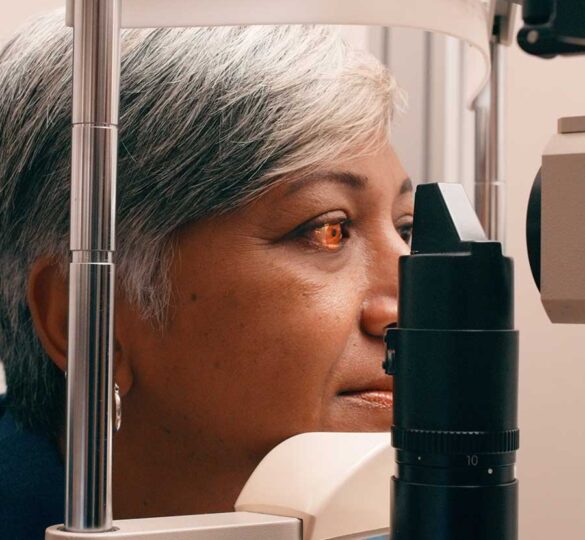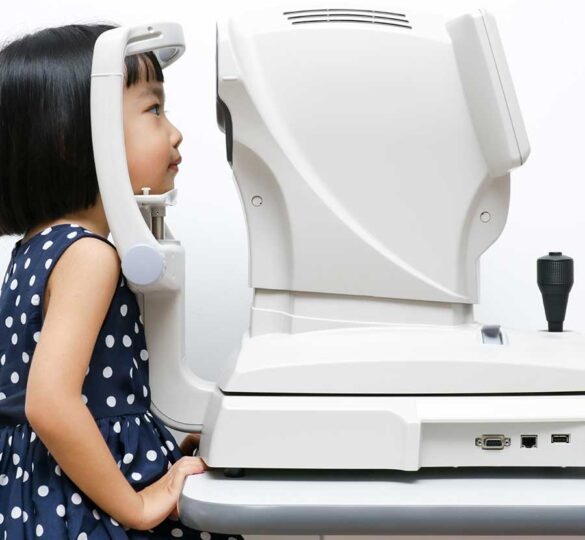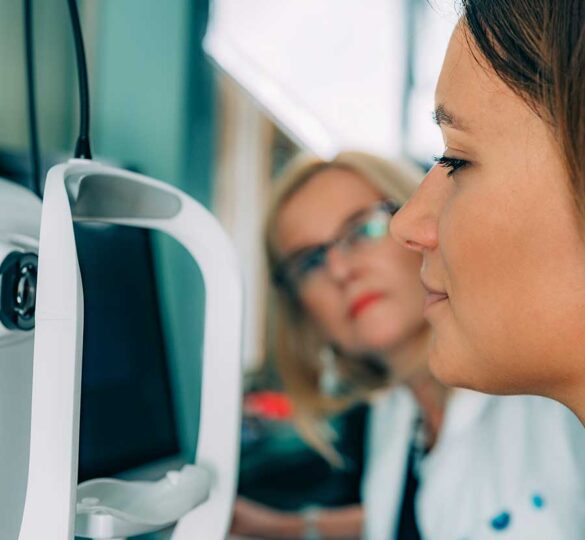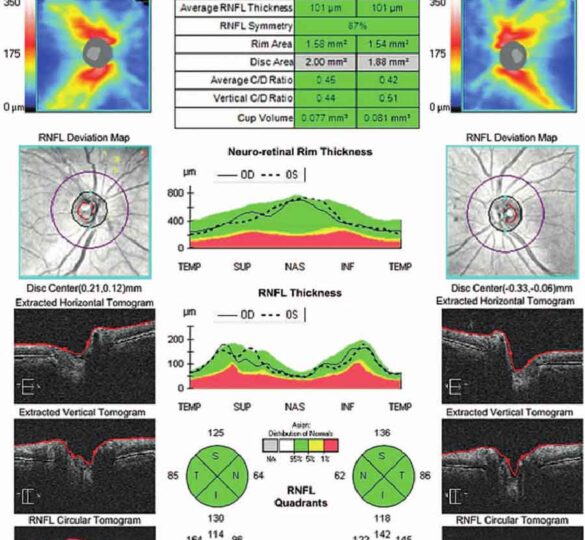Glaucoma Articles
This is the place for the latest information about our work here at Glaucoma Research Foundation and for current events in the world of eye health. All breakthroughs and insights are made possible through the dedication of researchers, and through the continued financial support and active involvement of the community.

The Consequences of Undiagnosed Glaucoma and How to Avoid Them
People often call glaucoma the silent thief of sight.

The Importance of Regular Eye Exams to Detect Glaucoma
Regular eye exams are crucial for detecting glaucoma because most people with the condition don’t experience any symptoms until they’ve already suffered significant vision loss.

Why Do I Need a Visual Field Test?
The visual field test is a subjective measure of central and peripheral vision, or “side vision,” and is used by your doctor to diagnose, determine the severity of, and monitor your glaucoma.

Working with Your Doctor to Manage Your Glaucoma
It is important that your doctor listens and responds to your concerns and questions, is willing to explain your treatment options, and is available for calls and checkups.

The Importance of Corneal Thickness
Corneal thickness is important because it can mask an accurate reading of eye pressure, causing doctors to treat you for a condition that may not really exist

The Future of Virtual Reality Visual Field Testing
The future of Virtual Reality-based visual field testing is bright.

7 Ways to Make the Most of Your Glaucoma Doctor Visit
As glaucoma patients, a basic understanding of glaucoma and its treatment is helpful to prepare for eye doctor visits.

Home IOP Measurements: What they can tell us
Understanding how your IOP changes over time can help you and your doctor feel confident that your glaucoma treatment is working effectively.

Imaging of the Optic Nerve: What is it and why is it needed?
Glaucoma specialists take pictures of the optic nerve in order to measure damage to this important cable that connects your eye to your brain.

Optic Nerve Cupping
Both people with and without optic nerve damage have optic nerve cupping, although those with glaucoma tend to have a greater cup-to-disc ratio.

Understand Your Glaucoma Diagnosis
The diagnosis of glaucoma is made when your eye doctor notices a particular type of damage in the optic nerve known as cupping. This diagnostic finding can occur with or without high intraocular pressure.

What is a Visual Field Test?
If you have been diagnosed with glaucoma, chances are, you will have taken several visual field tests.

Telemedicine: Promising Future for Glaucoma Management
Tele-glaucoma can improve access to care, it can help with disease detection and monitoring, and it can help with ongoing glaucoma management.

Home IOP Measurements and Continuous IOP Monitors
If you are a glaucoma patient, it is important for you and your doctor to monitor your intraocular pressure (IOP).

High Eye Pressure and Glaucoma
Q: I’ve heard that glaucoma is caused by high eye pressure, and that left untreated glaucoma can cause blindness. At what pressure will I go blind?

Better Glaucoma Self Testing: New Technology Will Allow IOP Monitoring At Home
IOP fluctuates constantly, between doctor’s visits and even throughout the day. The more frequently your IOP is measured, the better overall picture your doctor will have of your pressure fluctuations.

A Miniature Retina Camera Test May Diagnose Glaucoma Without Dilating Drops
Researchers say this new imaging technology has the potential to open diagnostic doors for glaucoma patients worldwide.

Unique Mapping Device Upgrades Glaucoma Eye Exam to Enhance Individualized Treatment
Optical coherence tomography (OCT) scans offer better diagnostic accuracy by letting doctors see changes inside the eye.

The Eye Exam Demystified
Regular eye exams can do much more than just check your vision — they can detect early signs of serious conditions like glaucoma and diabetes.

Optic Nerve Imaging
Glaucoma specialists take pictures of the optic nerve to measure the health of your eye and your risk for glaucoma.